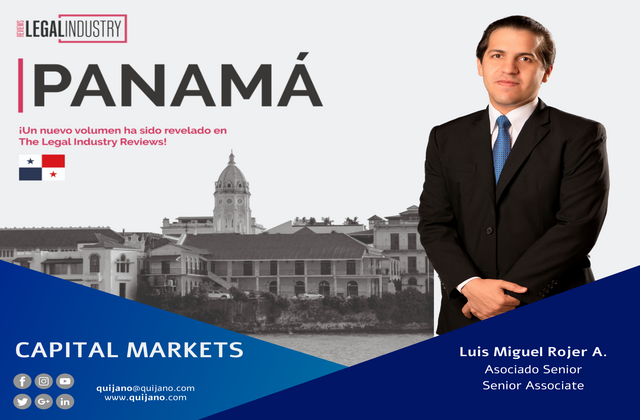Spin-off as a corporate reorganization tool

By means of Law No. 85 of November 22, 2012, articles are added to the Code of Commerce and the spin-off is established as a corporate reorganization tool. According to the Dictionary of the Royal Academy of the Spanish Language, the word “spin-off” comes from the Latin scissio which means ‘cutting’. The spin-off allows a corporation of any type, called “Spin-off Corporation”, to spin-off by means of the total or partial division of its assets to constitute other corporation(s), called “Beneficiary Corporations”, whether new or previously existing.
The spin-off stands out primarily for its tax benefits since according to the new Article 505-F of the Code of Commerce, the transfer or alienation of assets shall not be subject to transfer taxes. In order to enjoy the benefits provided by Article 505-F, it is necessary to comply with the provisions of Article 505-A of such code, which establishes that the Beneficiary Corporations must have the same shareholders as the Spin-off Corporation or have the latter as its sole shareholder. The terms by which the spin-off shall be governed are set forth in a document called the Spin-Off Agreement. According to Article 505-C, the Spin-Off Agreement may include the following:
- The total or partial transfer of individualized assets or in bloc.
- The regime of limitation of liability of the spun-off corporation and of the beneficiary corporation or corporations.
- The transfer or not of liabilities of the spun-off corporation.
- The transfer of participation quotas or shares to the beneficiary corporations.
- The amount of participation quotas or shares that correspond to each partner or shareholder of the spun-off corporation, in proportion to their participation in the spun-off corporation.
- The approval of the articles of incorporation of the new corporation or corporations to be organized.
Article 505-C includes an important paragraph, which is that “no partner or shareholder of the spun-off corporation may lose his/her status as such by reason of the spin-off unless he/she so consents”.
The steps to be followed for the successful execution of a spin-off agreement are as follows:
- First, a letter is submitted to the General Directorate of Revenues of the Ministry of Economy and Finance in order to notify the intention of the Spun-off Corporation to spin-off its assets, pursuant to the provisions of Article 505-D of the Code of Commerce. The entity has a term of thirty (30) days to pronounce itself on the spin-off.
- Subsequently, the Spin-Off Minutes and Agreement are prepared.
- After the term of thirty (30) calendar days after submission of the communication to the DGI, in accordance with the provisions of Law 85 of November 22, 2012, the public deed related to the spin-off agreement is registered in the Public Registry.
It is from the moment of the registration of the spin-off in the Public Registry that the beneficiary corporation or corporations shall assume the respective obligations according to the terms of the spin-off and also acquire the rights, privileges, and obligations inherent to the part of the assets that were transferred, under the same terms and conditions. The liability of the beneficiary corporations of the spin-off is limited to the net assets transferred to them in accordance with the terms of the Spin-Off Agreement.




